Best Car to Convert to Electric
Transforming a classic gasoline-powered car into an electric vehicle (EV) represents the intersection of nostalgic allure and modern environmental responsibility.
This extensive guide is designed to navigate you through the process of selecting the best car to convert to electric, combining personal insights with comprehensive research to ensure your conversion journey is both successful and rewarding.
These would be my picks for the Best Car to Convert to Electric
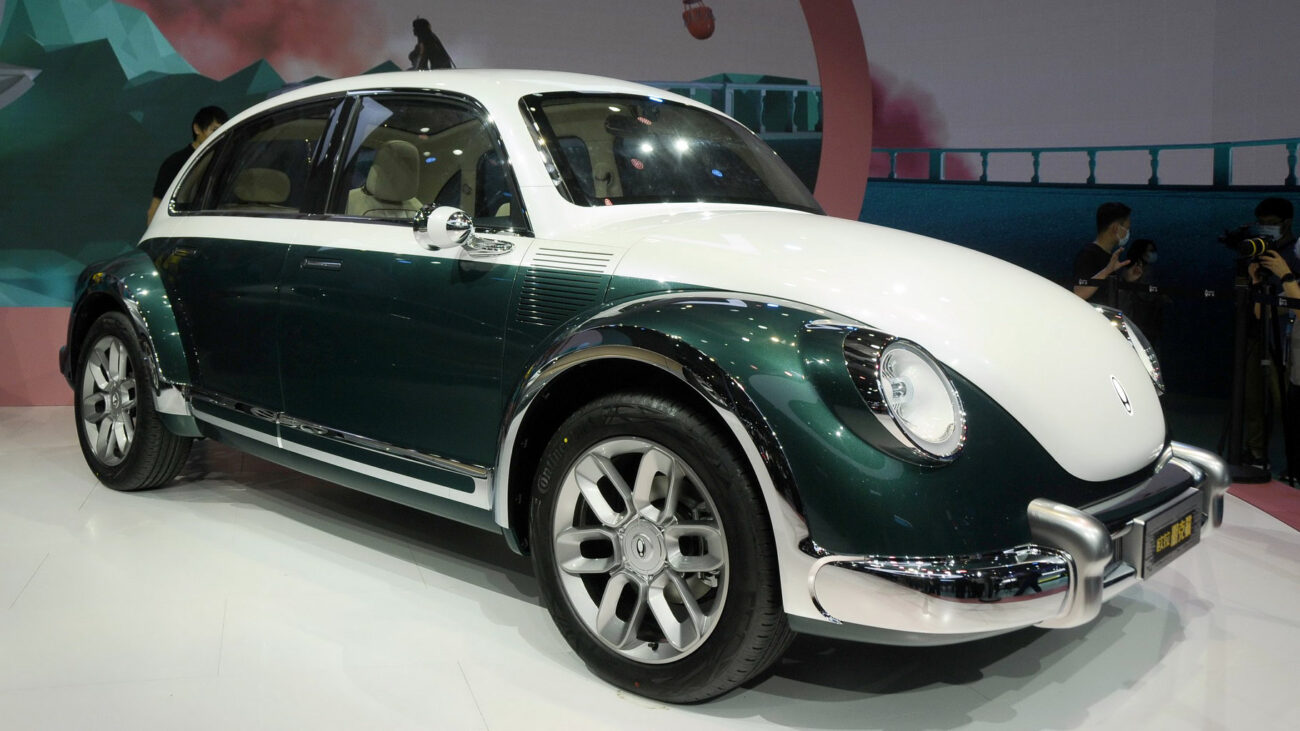
- Volkswagen Beetle – The classic Beetle is a popular choice for electric conversion projects. Its rear-engine layout makes it easier to replace the combustion engine with an electric motor, and there is ample space for batteries. The Beetle's lightweight and iconic design make it a charming candidate for an electric makeover.
- Porsche 911 (Classic models) – Early models of the Porsche 911 are favored for conversions due to their rear-engine layout, similar to the Beetle, but with a more performance-oriented platform. Converting a classic 911 to electric can significantly enhance its performance while maintaining its timeless aesthetics.
- Chevrolet S-10 Pickup – The S-10, particularly models from the 1990s, is a good option for electric conversion. Its simple design, roomy engine bay, and robust frame make it suitable for housing electric motors and battery packs. Plus, as a utility vehicle, it can be practical for everyday use or hauling needs.
- BMW 3 Series (E30) – The E30 generation of the BMW 3 Series, produced from 1982 to 1994, is a popular choice among enthusiasts for electric conversions. Its rear-wheel-drive layout, balanced weight distribution, and ample space for batteries make it an excellent candidate. Converting an E30 to electric can give this classic sport sedan a new lease on life with modern performance and zero emissions.
- Ford Mustang (First Generation) – The first-generation Mustang, particularly models from the 1960s, is a favorite for those looking to combine classic American muscle with electric power. The large engine bay and relatively simple mechanical layout make it feasible to swap out the gasoline engine for an electric motor and battery pack, transforming the Mustang into a powerful, eco-friendly ride.
If you are looking for something more modern yet affordable I would check out these next 7.
- Mazda MX-5 Miata (NA/NB generations) – The Mazda MX-5 Miata, especially the NA (1989-1997) and NB (1998-2005) generations, is a popular choice for conversions due to its lightweight, rear-wheel-drive layout, and ample aftermarket support. Although newer than classic conversion choices, these models are affordable and their simple mechanical layout makes them suitable candidates for electric drivetrain swaps.
- Toyota MR2 (SW20 or ZZW30 generations) – The second-generation (SW20, 1989-1999) and third-generation (ZZW30, 1999-2007) Toyota MR2s are mid-engine, rear-wheel-drive sports cars that offer a unique platform for electric conversion. Their mid-engine layout provides a balanced weight distribution and the potential for creative battery placement. These models are relatively affordable and have a cult following, making them exciting options for electric conversions.
- Honda Civic (Sixth or Seventh Generation) – The Honda Civic, particularly the sixth (1996-2000) and seventh (2001-2005) generations, is a compact car known for its reliability, affordability, and extensive aftermarket support. These characteristics make it a practical choice for an electric conversion, with plenty of room for customization and modification to accommodate an electric powertrain.
- Ford Focus (First or Second Generation) – The Ford Focus, in its first (1998-2004) and second (2004-2011) generations, is a versatile and widely available compact car. Its spacious engine bay and relatively simple construction make it suitable for electric motor and battery installation. The Focus's affordability and availability of parts make it an attractive option for those looking to undertake an electric conversion project.
- Chevrolet Spark (First Generation, 2013-2015) – While already available as an electric vehicle in some markets, converting a gasoline-powered first-generation Chevrolet Spark to electric is an interesting project that capitalizes on its compact size and efficiency. Its small footprint makes it ideal for urban driving, and converting a gasoline model can be a more affordable entry point into electric vehicle ownership.
- Chevrolet Corvette (C3 and C4 generations): These models combine classic American sports car appeal with a spacious engine bay for electric components.
- Datsun 280Z: Offers a blend of classic styling with a spacious engine compartment and a strong community of enthusiasts for support.
A Deeper Dive into Electric Conversions
Electric vehicle conversion is an innovative way to repurpose and rejuvenate classic cars, giving them a new lease on life as eco-friendly, efficient machines.
This transformation involves intricate processes and decisions, each step marking a milestone towards achieving a greener future through personal initiative.
Why Go Electric?
- Environmental Impact: Significant reduction in greenhouse gas emissions.
- Economic Benefits: Lower long-term costs due to reduced fuel and maintenance expenses.
- Performance Enhancements: Electric motors can provide superior torque and smoother acceleration.
- Personal Achievement: The satisfaction of personally contributing to technological evolution and environmental conservation.

Criteria for the Perfect Electric Conversion Candidate
Choosing the best car to convert to electric requires careful consideration of various factors that will impact the project's feasibility, performance, and overall satisfaction.
These criteria form the backbone of your decision-making process.
- Body and Frame Considerations: The structural integrity to support electric components and the aerodynamic design for efficiency.
- Interior Space for Conversion: Adequate room for batteries and the electric motor while maintaining passenger comfort.
- Availability of Parts and Conversion Kits: Some models are better supported by the industry, offering pre-made kits and abundant resources.
- Regulatory Compliance: Ensuring the converted vehicle meets local and national electric vehicle regulations.
- Personal Connection and Intended Use: The emotional value of the car and how it fits with your lifestyle and conversion goals.
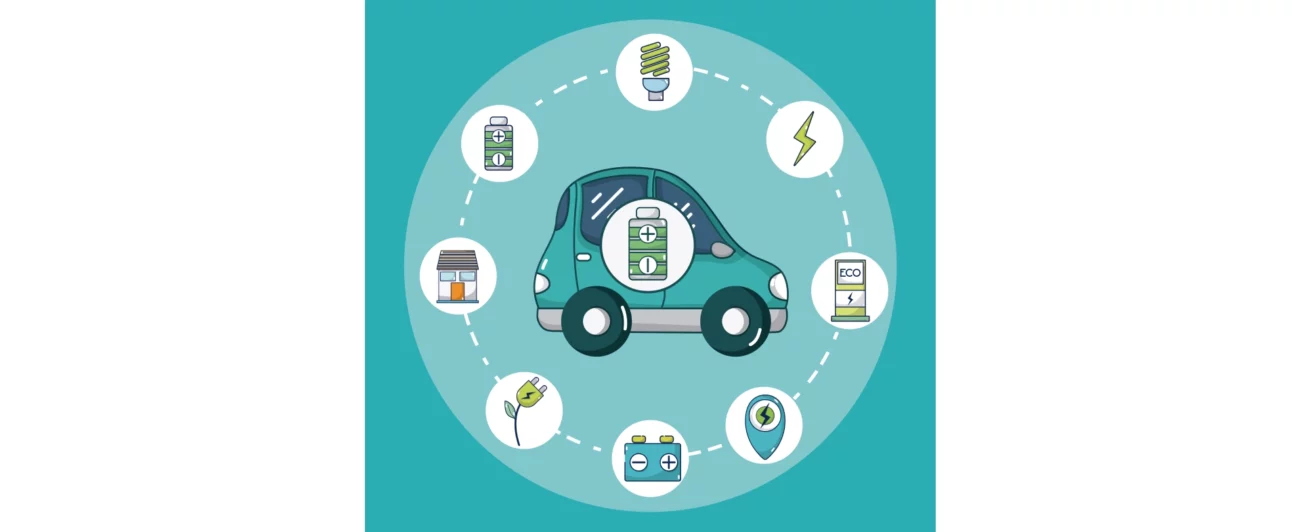
The Conversion Process
The journey of converting a car to electric is intricate and requires a methodical approach. Below is an elaborate guide to navigating this process:
- Preparation and Research: Deep dive into the specifics of your chosen vehicle, including weight distribution, space constraints, and potential challenges.
- Design and Blueprinting: Create detailed plans for the placement of the electric motor, battery packs, and auxiliary systems, considering weight balance and efficiency.
- Component Selection: Choose high-quality components that match your performance requirements and budget. This includes the motor, batteries, controller, and charging system.
- Mechanical Conversion: Remove the internal combustion engine and related components. Install the electric motor and adapt the drivetrain as needed.
- Battery Installation: Strategically place the battery pack(s) to maintain or improve the vehicle's balance and center of gravity.
- Wiring and Electronics: Implement the electrical system, ensuring all components are correctly integrated and secured.
- Software and Calibration: Program the vehicle's control system for optimal performance and efficiency.
- Safety Checks and Testing: Rigorously test the vehicle in controlled environments to ensure safety and reliability. Adjust and refine as necessary.
Delving into Drivetrain Dynamics
The heart of an electric conversion project lies in the selection of the drivetrain, which encompasses the electric motor and the battery pack. This choice is pivotal in defining the vehicle's future performance, range, and efficiency.
- Electric Motor Considerations: The debate between AC and DC motors centers on efficiency versus simplicity. AC motors, preferred for their efficiency and smooth operation across a wide range of speeds, are ideal for those seeking a blend of performance and practicality. Conversely, DC motors, celebrated for their robust torque output at low speeds, cater to projects emphasizing raw acceleration and simplicity.
- Battery Technology Insights: The choice between lithium-ion and lead-acid batteries can significantly affect the project's cost, weight, and range. Lithium-ion batteries, despite their higher initial cost, offer superior energy density, lighter weight, and longer lifespans, making them a worthwhile investment for most conversions. Lead-acid batteries, while budget-friendly, are heavier and offer less energy capacity, which can limit range and performance.
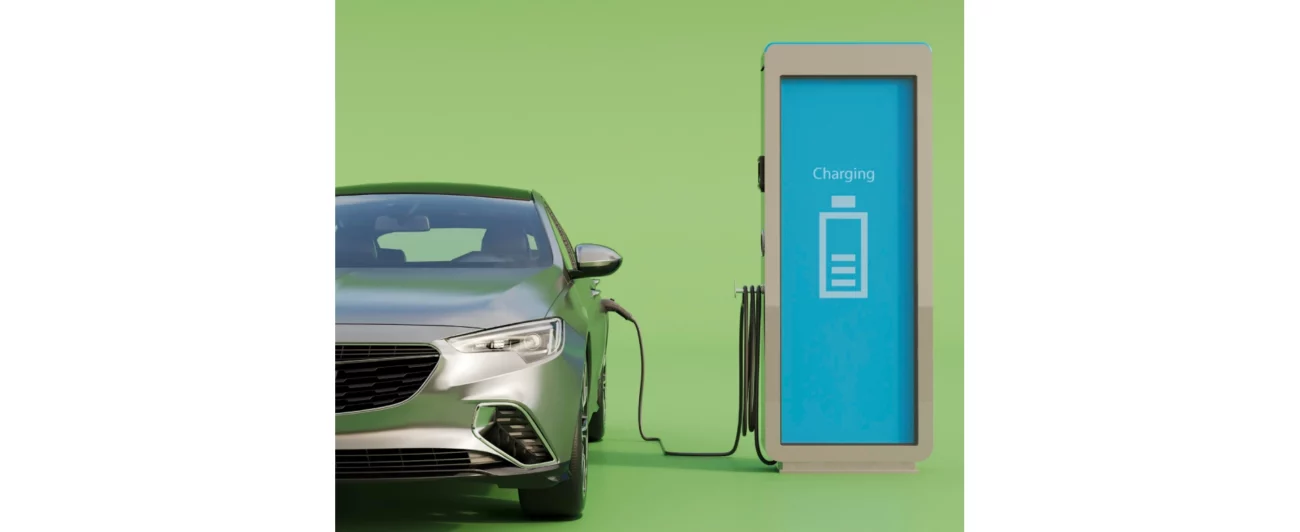
Understanding The 3 Conversion Regulations
The transition from gasoline to electric power involves more than just technical challenges; it also requires adherence to a set of legal and safety standards designed to ensure that the converted vehicle is road-worthy and safe.
- Safety and Inspection: Most jurisdictions demand that converted vehicles undergo a comprehensive inspection to verify that the modifications meet stringent safety standards. This process ensures that the vehicle's electric system is properly installed and poses no safety risks.
- Emissions and Environmental Compliance: While electric vehicles do not emit tailpipe pollutants, documenting the conversion process is often necessary to satisfy regulatory bodies. This might include providing detailed records of the parts used and the conversion procedures followed.
- Insurance and Registration Challenges: Obtaining insurance for a converted electric vehicle can be more complex than for a standard vehicle. Insurers may require detailed information about the conversion to assess the vehicle's risk profile accurately. Similarly, the registration process may involve additional steps to recognize the vehicle's new electric status officially.
Customization Opportunities Beyond the Drivetrain
Electric conversion projects offer a unique opportunity to reimagine the vehicle beyond its new electric heart. This phase can significantly enhance the owner's connection to the vehicle, turning it into a personalized expression of their tastes and preferences.
Interior and Exterior Enhancements: Upgrading the interior with the latest technology, such as digital displays, high-quality audio systems, and modern materials, can transform the driving experience. Exterior modifications might include aerodynamic tweaks to reduce drag and improve efficiency or cosmetic changes to update the vehicle's appearance.
Performance Upgrades: The instant torque characteristic of electric motors can dramatically improve acceleration. However, this increased performance may necessitate upgrades to the suspension, brakes, and tires to handle the added power and ensure that the vehicle remains safe and enjoyable to drive.
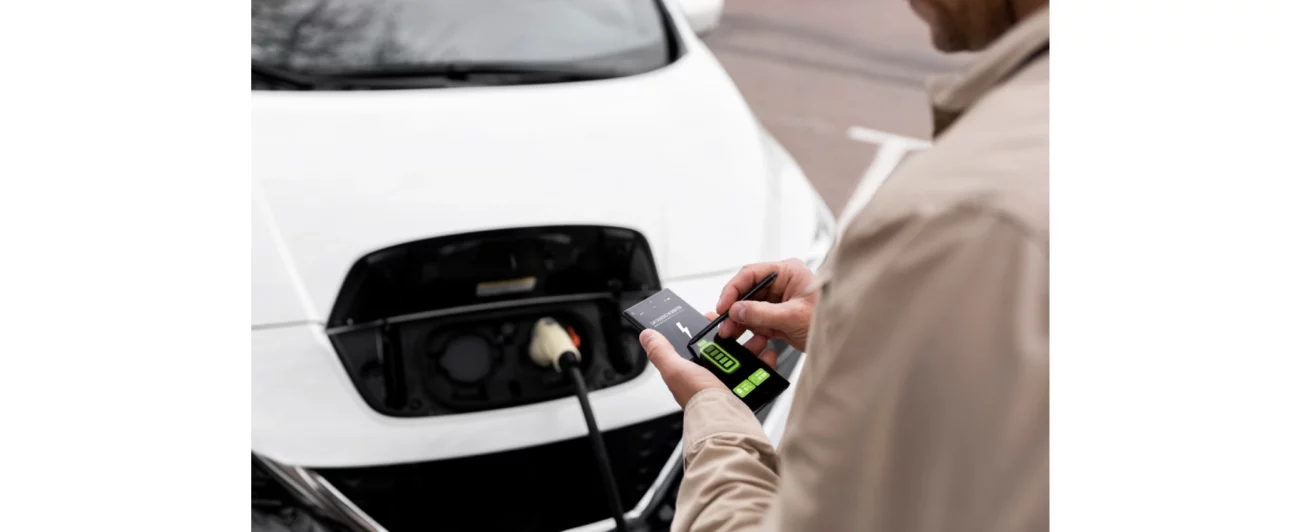
Charging Strategy for Everyday Use
The practicality of a converted electric vehicle is heavily influenced by the owner's charging strategy, which ensures the vehicle is always ready for use.
Home Charging Considerations: Installing a Level 2 charger at home is the most convenient way to charge, typically overnight, ensuring the vehicle is ready for the day ahead. Planning for home charging may involve assessing your home's electrical capacity and possibly upgrading it to accommodate the charger.
Public Charging Network: For those who travel frequently or use their vehicle for long trips, understanding and accessing the public charging infrastructure is crucial. This includes identifying charging station locations along common routes and understanding the types of connectors and charging speeds available.
Financial Planning for EV Conversion
A successful electric conversion project requires careful financial planning, taking into consideration both the upfront costs and the long-term savings.
- Initial Investment Breakdown: The bulk of the project's cost comes from purchasing the electric motor, battery pack, and other essential components like the controller and charging system. Labor costs can also be significant, especially for those who prefer to outsource the conversion work to professionals.
- Long-Term Savings: While the initial costs can be substantial, it's important to factor in the long-term savings associated with owning an electric vehicle. These include lower operating costs, as electricity is generally cheaper than gasoline, and reduced maintenance expenses due to the electric drivetrain's fewer moving parts.
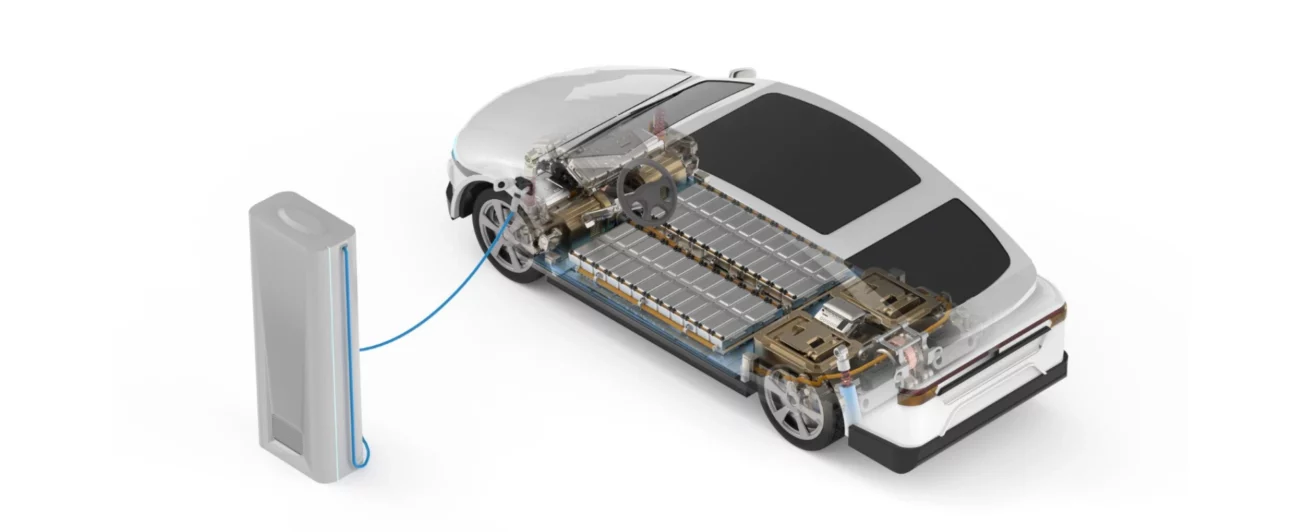
Building a Support Network
Tackling an electric vehicle conversion project can be daunting, but building a support network of like-minded individuals and experts can make the process more manageable and enjoyable.
Engaging with online communities and forums can provide valuable advice, answer technical questions, and offer moral support. Local clubs and meetups bring opportunities to see other projects firsthand, exchange ideas, and even collaborate on challenging aspects of the conversion.
Additionally, workshops and seminars can be excellent resources for learning new skills and technologies relevant to electric vehicle conversions.
Incorporating these expanded sections provides a comprehensive view of the electric vehicle conversion journey, emphasizing the importance of technical choices, regulatory compliance, customization, infrastructure planning, financial considerations, and community support.
This holistic approach ensures that enthusiasts are well-informed and prepared to embark on their electric conversion projects, transforming their classic cars into modern, environmentally friendly vehicles.
Real-World Insights and Advanced Tips
Throughout my conversion projects, I've gathered unique insights that could benefit anyone embarking on this journey:
- Innovative Solutions for Space Constraints: Look into modular battery designs or custom fabrication to maximize space and efficiency.
- Thermal Management: Consider advanced cooling systems for the batteries and motor to enhance performance and longevity.
- Regenerative Braking: Incorporate regenerative braking systems to improve efficiency and range.
- Networking: Engage with both classic car and EV conversion communities. The shared knowledge and experiences can be invaluable.
Final Reflections: Crafting the Future with Every Conversion
Converting a classic car to electric is more than a project; it's a personal mission towards a sustainable future, blending the past's charm with tomorrow's technology.
Whether driven by a love for a specific model, such as the timeless elegance of a Ford Mustang or the sporty agility of a Mazda MX-5 Miata, or motivated by the challenge and the environmental benefits, the path to conversion is filled with learning, innovation, and fulfillment.
In this era of environmental awareness, choosing the best car to convert to electric is a significant step towards individual contributions to sustainability.
With every conversion project, we're not just preserving automotive history; we're redefining it for a cleaner, greener world.
Through meticulous planning, dedication, and a passion for both cars and the environment, anyone can embark on this rewarding journey, creating a bespoke electric vehicle that stands as a testament to human ingenuity and the relentless pursuit of progress.
Study Source:
Converting a Conventional Vehicle into an Electric Vehicle (EV)
